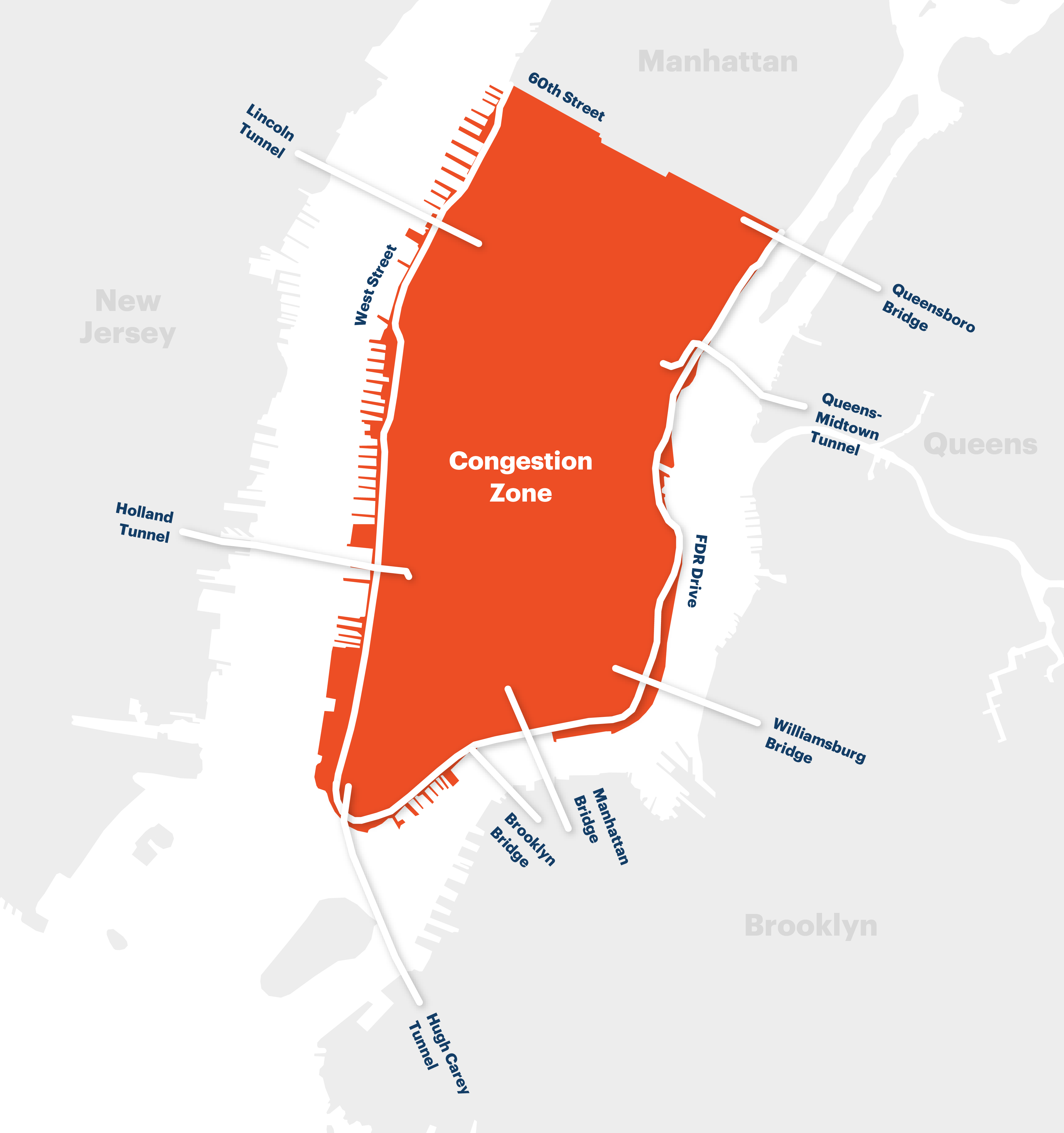
The congestion pricing plan the first of its kind in the US is. CityLab + Pursuits Driving Into Manhattan Is About to Get Even More Expensive Higher fees for vehicles without E-ZPass entering Manhattan Plan expected to generate 1 billion in revenue a year for.
CONGESTION PRICING NYC DRIVERS
Charge too much, and you risk turning off too many drivers - great if you’re going for bike- and pedestrian-friendly, not so hot if you really need the cash, too. New York City may begin charging motorists traveling into major parts of Manhattan as soon as April 2024. Charge drivers too little, and you’ll make money but still have jams. 2 days ago &0183 &32 New York City’s specialty libraries for art, design, and architecture include the Michael Sorkin collection at the Spitzer School of Architecture, 52 Walker’s library, the design gallery R. Passenger cars, taxis and for-hire vehicles like Uber and Lyft would only be charged once a day. But the final environmental assessment includes concessions. Doing that while also trying to maximize revenue makes things a little tricky. Drivers using an E-ZPass may pay as much as 23 during peak hours and 17 during off-peak periods. (The fees are earmarked to help fund the MTA.) That. 'NYC Metropolitan Area FactSheets on Congestion Pricing: Brooklyn,'.

Critics of the plan say it penalizes drivers who already pay high tolls to get into Manhattan.Įconomists call it a demand-side solution: Jack up the price for almost anything and demand will fall - producing, in this case, clearer streets and cleaner air. The plan will charge a fee of 11.50 for all vehicles entering or leaving Manhattan south of 61st street. tion Pricing: Implications for Other Cities, November 24, 2011.

After years of wrangling among city and state lawmakers, the federal government is poised to grant its final approval, giving the Metropolitan Transportation Authority the green light to begin building the tolling structure. The aim of the first congestion pricing plan in the US is to reduce traffic and pollution while raising $15 billion for the city’s subways, buses and commuter rails. Motorists are inching closer to paying a fee to drive into New York City’s crowded midtown Manhattan.


 0 kommentar(er)
0 kommentar(er)
